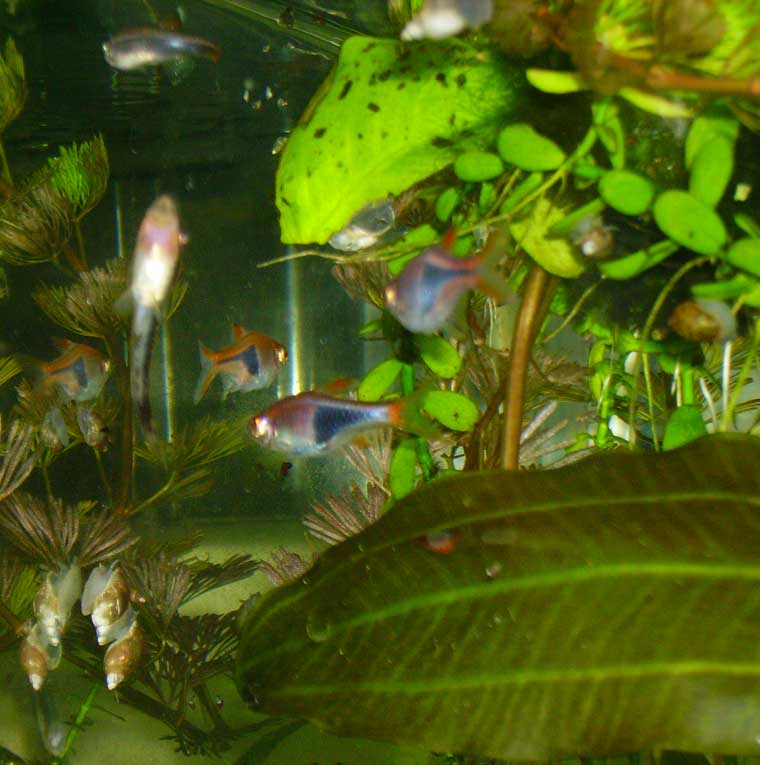Document content, link set to use, format of text, view to apply, dimensions to see (pick any 3 out of many), version(s).
A document can be a scripted 3D object in a virtual world (like Sims Online or Second Life), a movie, an audio, an outline, a text, a bitmap, a vector drawing, or any combination of many of the above linked in n-dimensions with various link types. Objects can contain other objects, which can exist in multiple locations. Object A could contain B, which contains C, which contains A. Any object in a virtual world could contain another virtual world, and so on and on ... (country, city, library, book, links to books, movies, music, other countries, cities, etc.) Although this example is hierarchial, it is capable of many reorganizations, using transclusions to create many alternate hierarchies, grids, matrices, networks, webs, and any other imaginable view.
Visiting a toy store, you could pick up a toy, read the package, visit the factory, take it apart, see how it was made, read the patents, play an online version of it with others, "walk" around inside it, order it, and much more. Similar capabilities would exist for any kind of store, museum, library, or amusement park.
To explore a typical aquarium, you could swim around and get a fishes' eye view, study the fishes native habitat, learn about their needs (water chemistry, food, temperature, lighting), study diseases, anatomy, biochemistry, atomic physics, symbiotic relationships, ecosystem (aquarium and native); in any level of detail, size scale, or educational level. While there, you can study the data structure, algorithms, and language of the program you are using, and how the network and hardware works. You could study all the "academic disciplines" in an interactive, collaborative, game-like environment. Learning should be fun, not torture.
